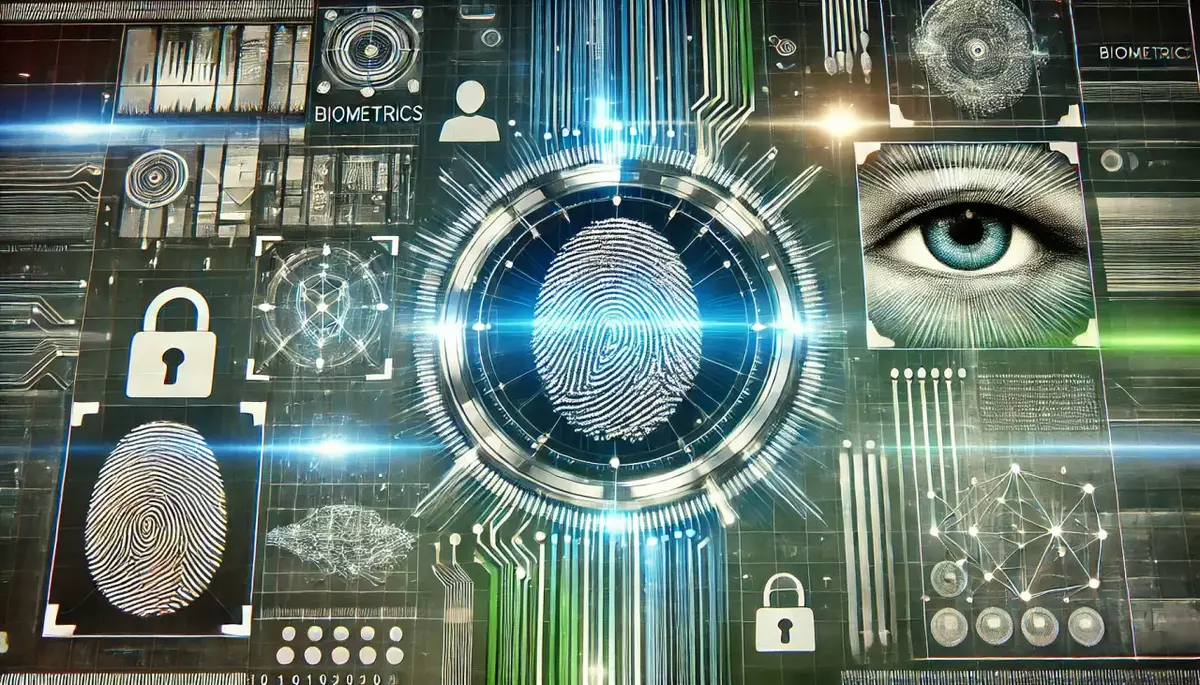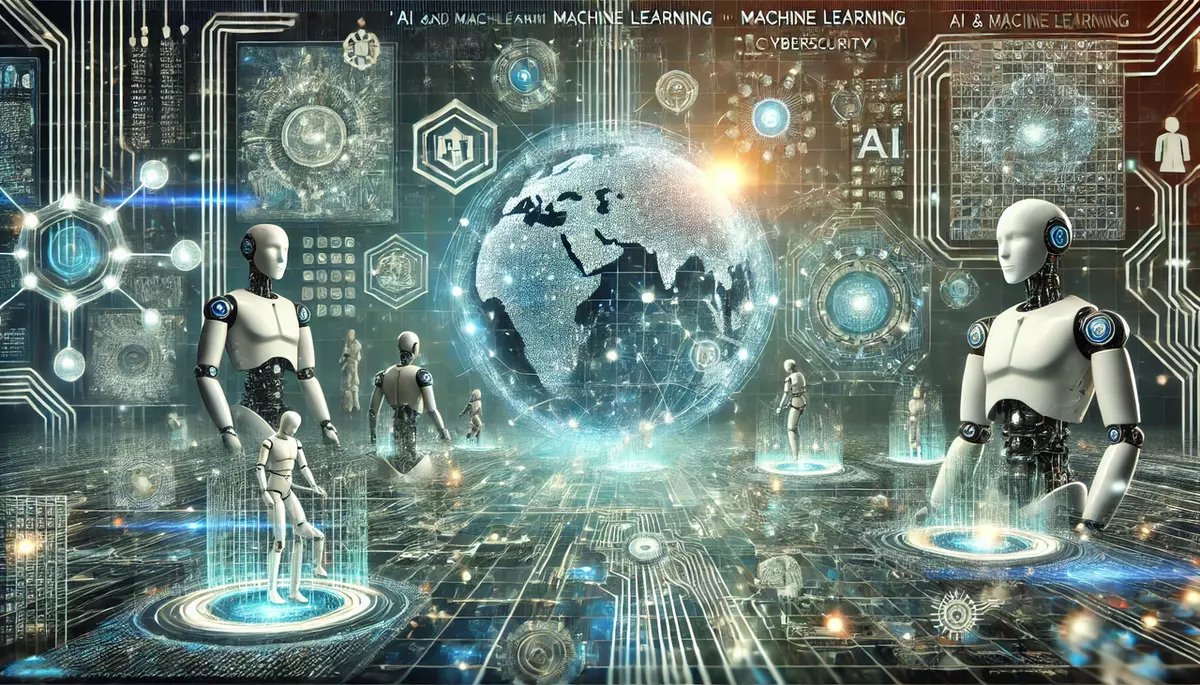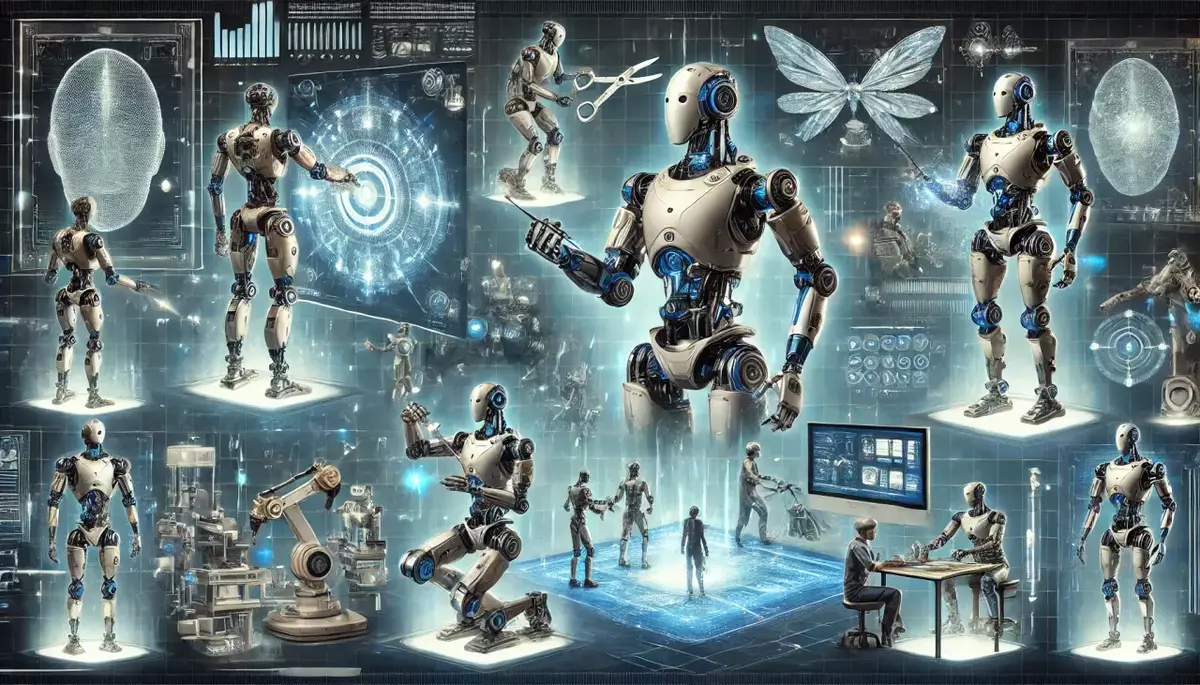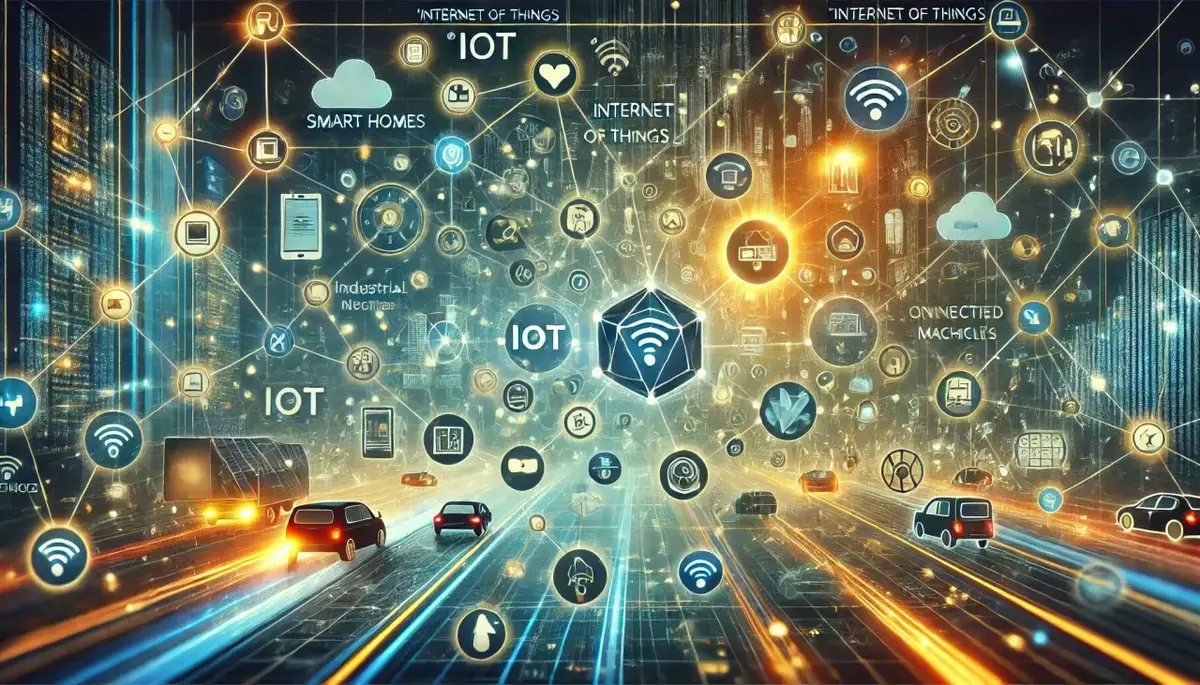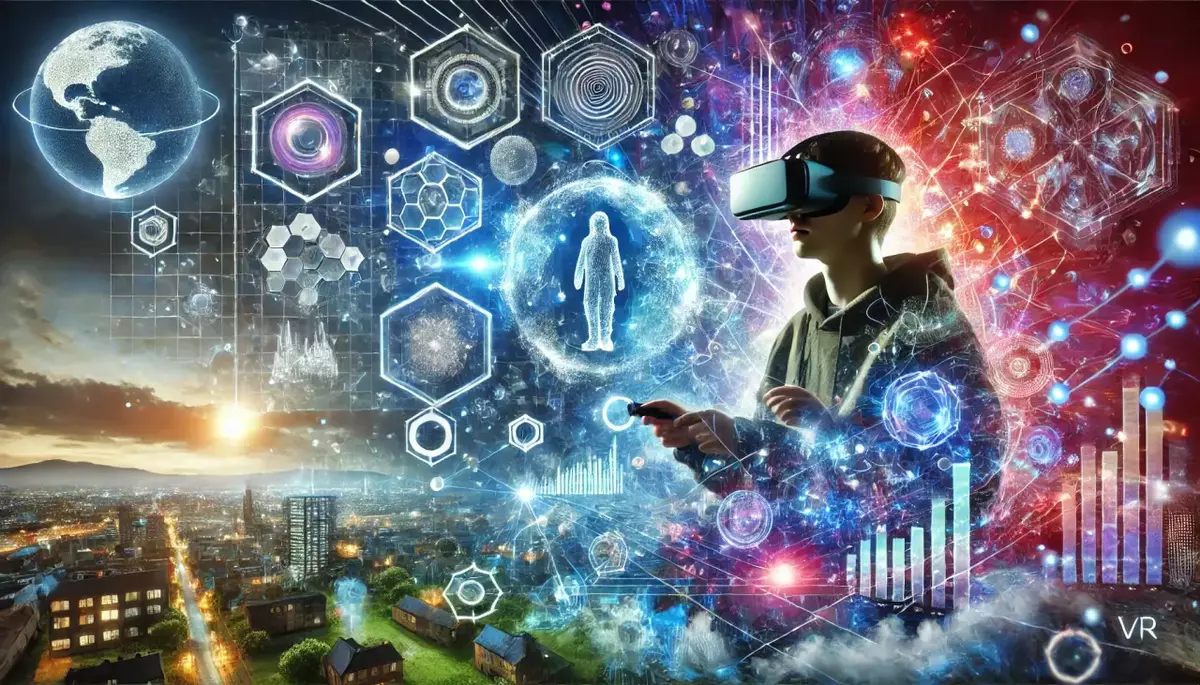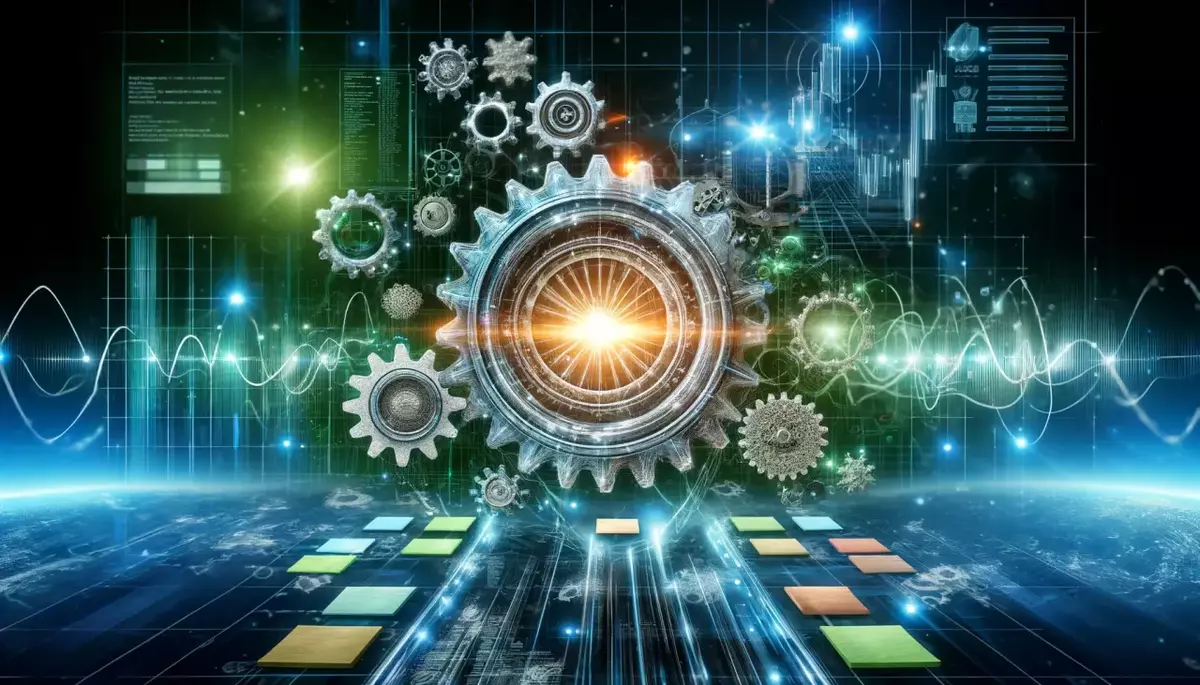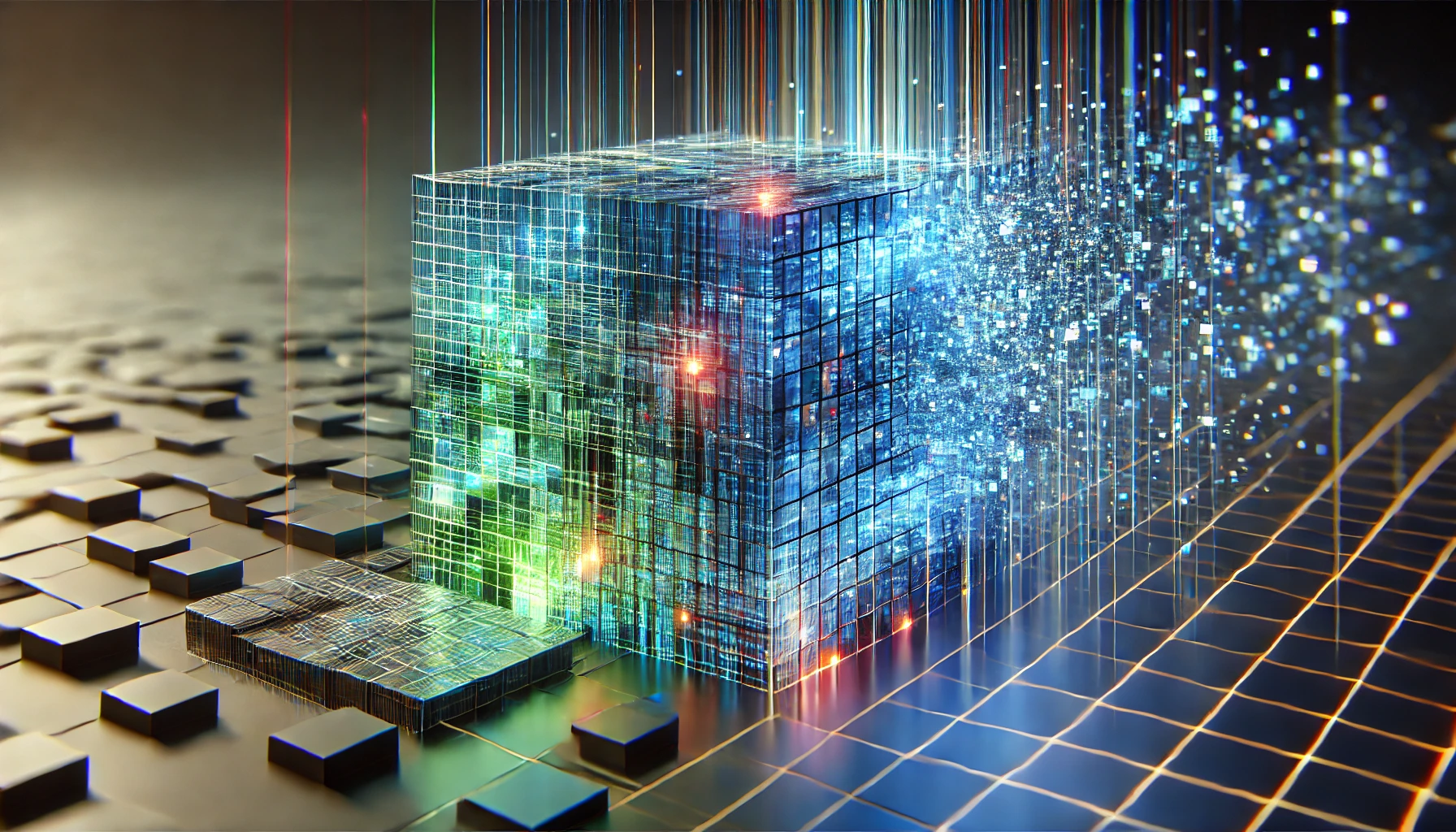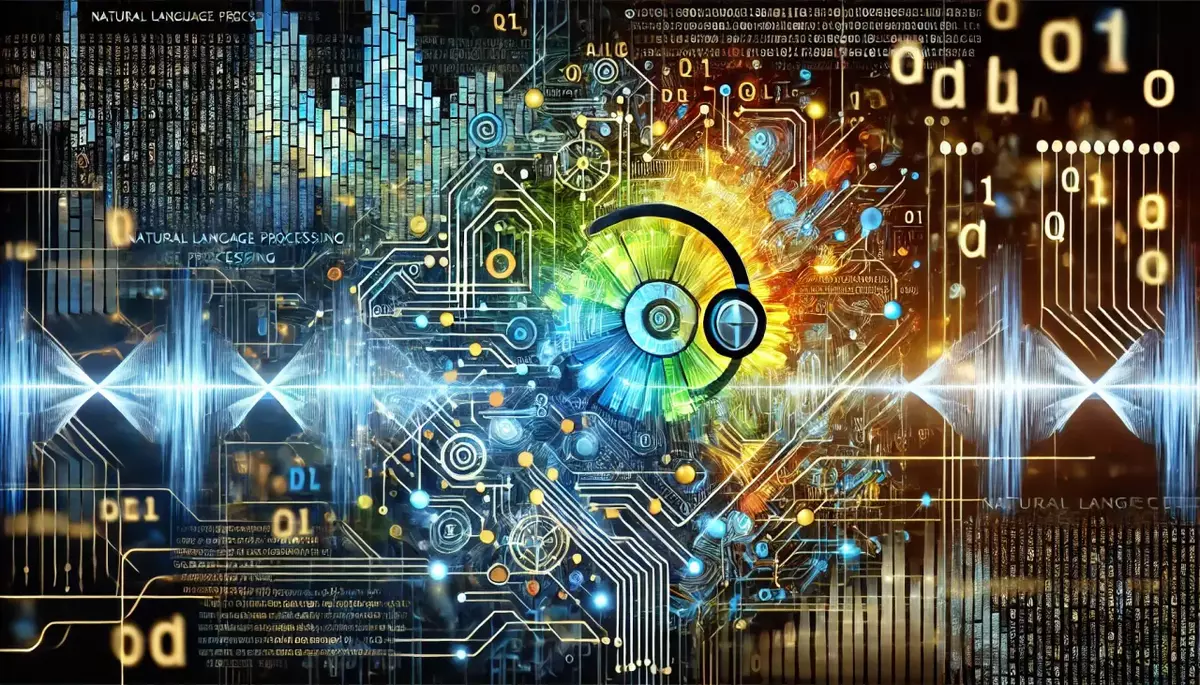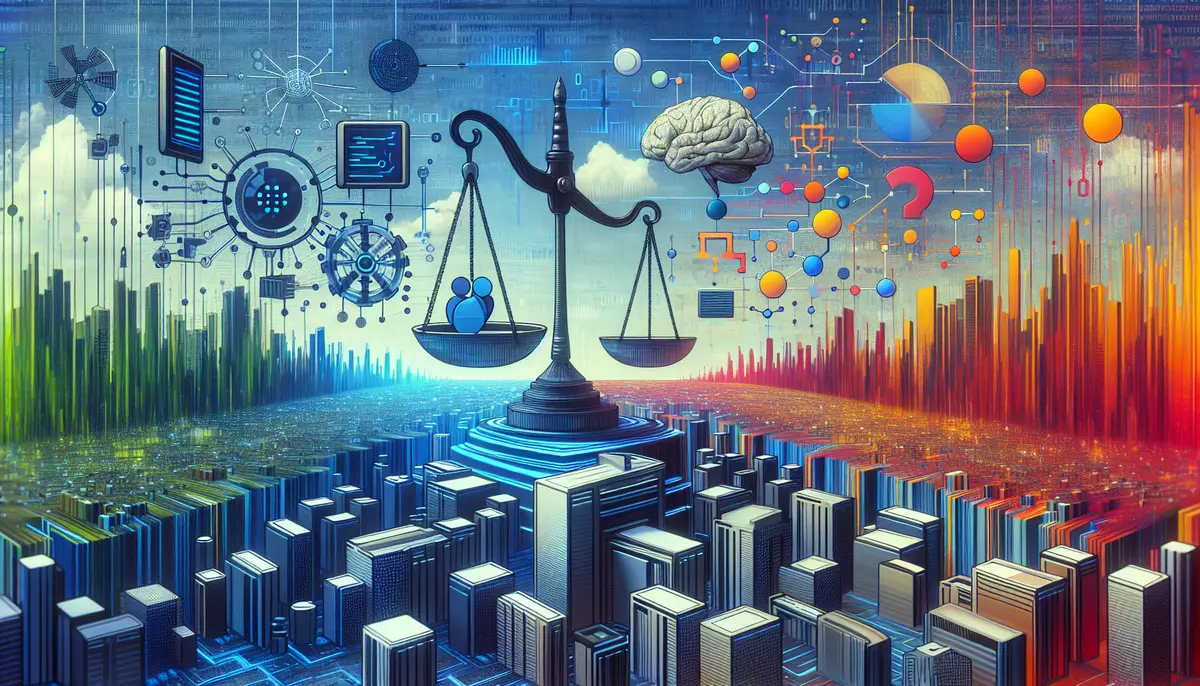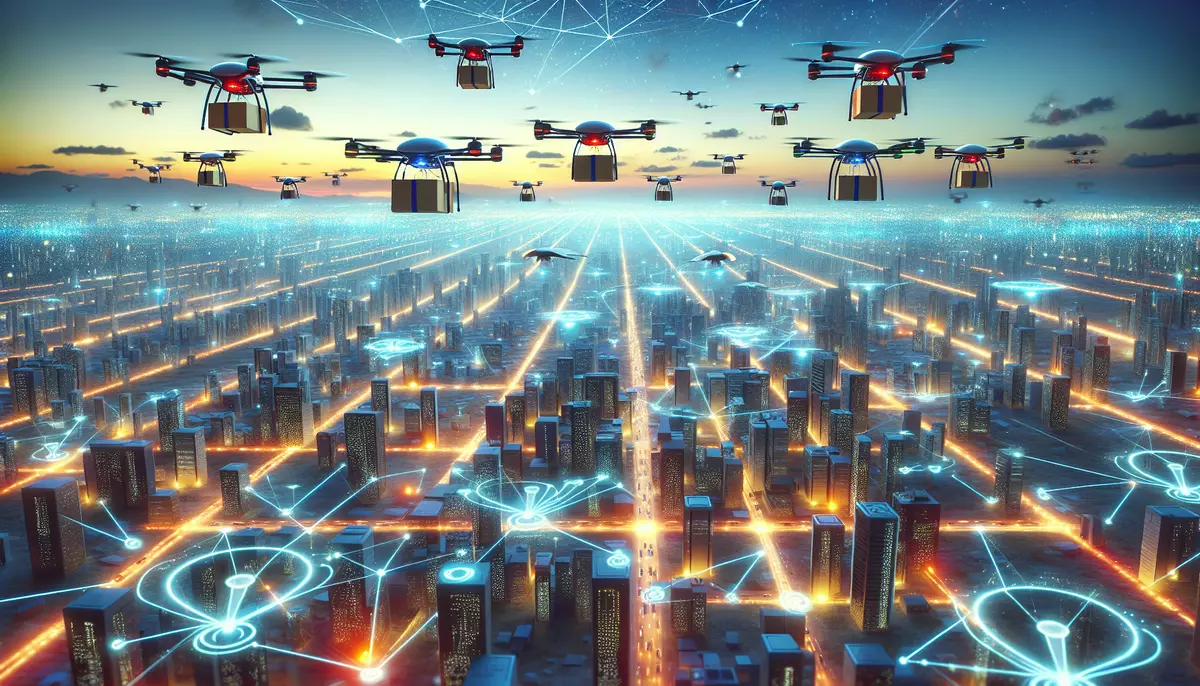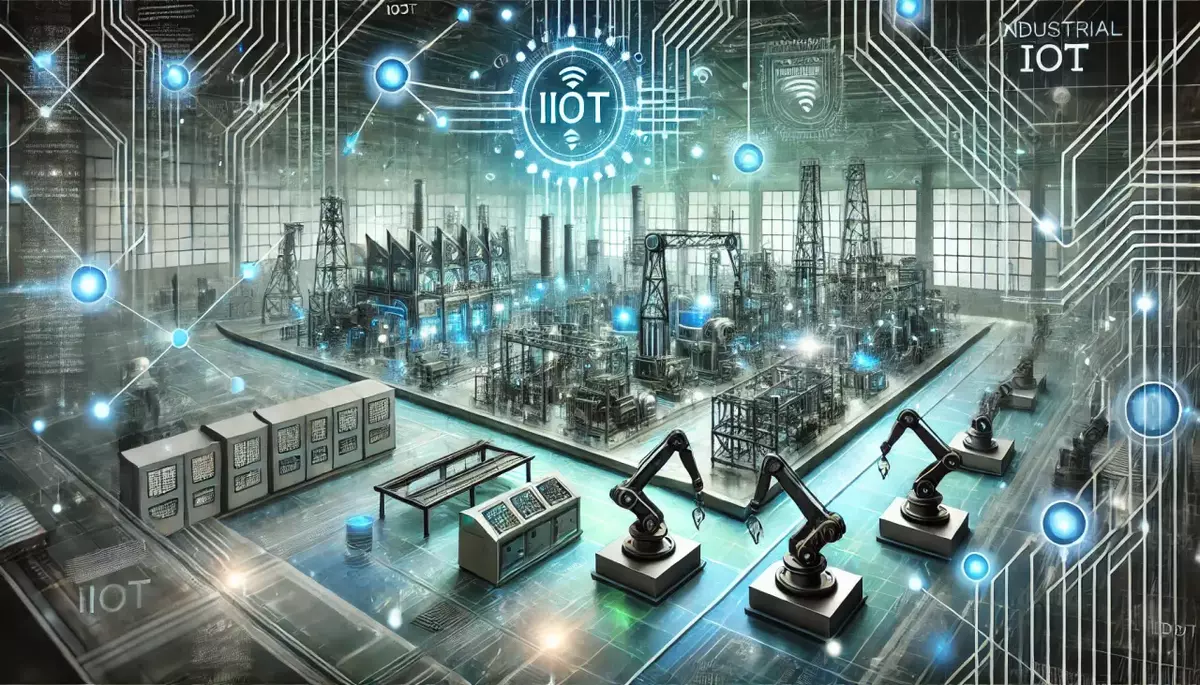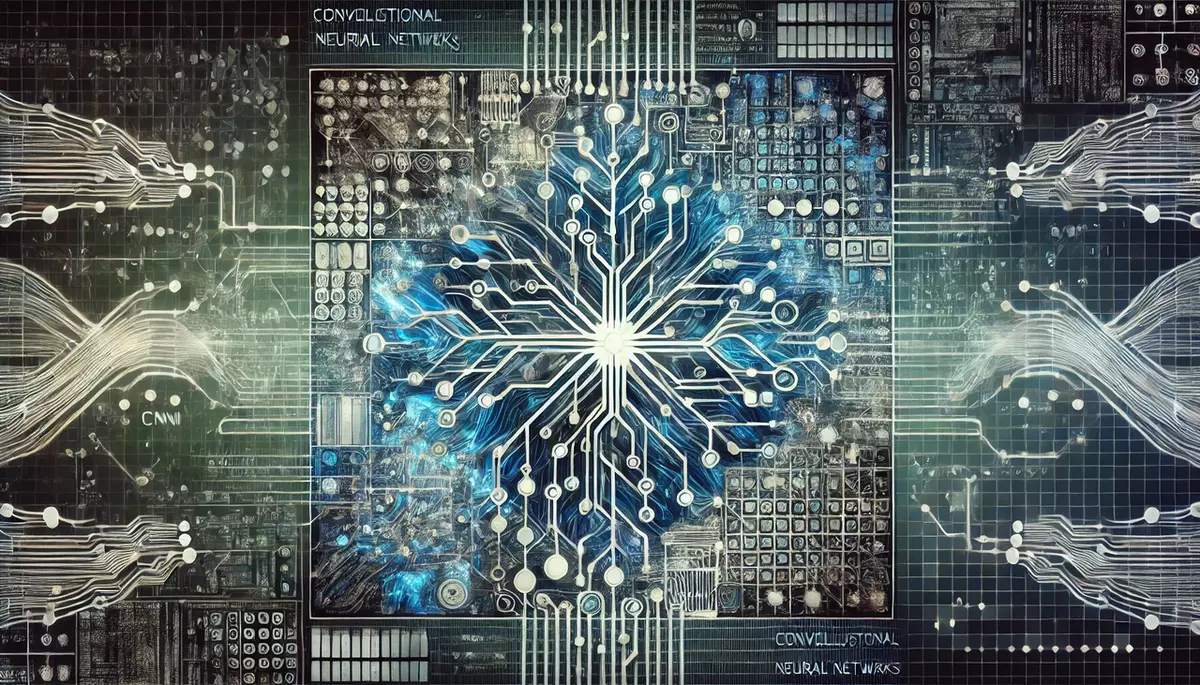Introduction
Biometrics refers to the automated recognition of individuals based on their unique biological and behavioral characteristics. This knowledge base article explores the fundamental principles, technologies, applications, and future trends in the field of biometrics.
What is Biometrics?
Biometrics is the science of identifying or verifying the identity of an individual based on their physiological or behavioral traits. These traits, known as biometric identifiers, are unique to each person and can be used to authenticate their identity.
Biometric Identifiers
Common biometric identifiers include fingerprints, iris patterns, facial features, voice patterns, hand geometry, and DNA. These characteristics are measured and compared against stored templates to confirm or deny an individual’s identity.
Biometric Technologies
Biometric technologies utilize various sensors and algorithms to capture, process, and match biometric data. Some of the most widely used biometric technologies include:
Fingerprint Recognition
Fingerprint recognition uses the unique patterns and ridges on a person’s fingertips to identify them. It is one of the most widely adopted biometric technologies due to its accuracy, reliability, and ease of use.
Iris Recognition
Iris recognition uses the unique patterns in the colored ring of the eye, known as the iris, to authenticate an individual’s identity. It is considered one of the most accurate biometric technologies, with a low false acceptance rate.
Facial Recognition
Facial recognition uses the unique features and characteristics of a person’s face, such as the shape of the eyes, nose, and mouth, to identify them. It is widely used in security and surveillance applications.
Applications of Biometrics
Biometrics has a wide range of applications in various industries, including:
Security and Access Control
Biometrics are used to secure access to physical and digital resources, such as buildings, devices, and computer systems, by verifying the identity of authorized users.
Law Enforcement and Forensics
Biometrics are used in law enforcement and forensic applications for identification, investigation, and criminal record management, such as fingerprint and DNA analysis.
Financial Services
Biometrics are used in the financial sector to secure transactions, prevent fraud, and authenticate customers, such as through fingerprint or voice recognition.
Challenges and Considerations
While biometrics offer many benefits, there are also challenges and considerations to be addressed, including:
Privacy and Data Security
The collection and storage of biometric data raise concerns about privacy and the potential for misuse or unauthorized access to sensitive personal information.
Accuracy and Reliability
Biometric systems must be designed and implemented with a high degree of accuracy and reliability to ensure the integrity of the identification process and minimize false positives or negatives.
Ethical Considerations
The use of biometrics raises ethical questions, such as the potential for discrimination, the impact on civil liberties, and the need for informed consent and transparency.
Future Trends in Biometrics
The field of biometrics is constantly evolving, and some of the emerging trends and advancements include:
Multimodal Biometrics
The integration of multiple biometric modalities, such as fingerprint and iris recognition, to enhance the accuracy and reliability of identification systems.
Behavioral Biometrics
The use of unique behavioral characteristics, such as gait, keystroke dynamics, and signature patterns, for identification and authentication.
Biometric Sensors in Wearables
The integration of biometric sensors into wearable devices, such as smartwatches and fitness trackers, for continuous identity verification and health monitoring.
Conclusion
Biometrics is a rapidly evolving field that offers a reliable and secure way to identify and authenticate individuals. As technology continues to advance, the applications and capabilities of biometric systems will continue to expand, with the potential to transform various industries and enhance security and convenience for individuals and organizations alike.
This knowledge base article is provided by Fabled Sky Research, a company dedicated to exploring and disseminating information on cutting-edge technologies. For more information, please visit our website at https://fabledsky.com/.
References
- Jain, A. K., Ross, A., & Prabhakar, S. (2004). An introduction to biometric recognition. IEEE Transactions on Circuits and Systems for Video Technology, 14(1), 4-20.
- Maltoni, D., Maio, D., Jain, A. K., & Prabhakar, S. (2009). Handbook of fingerprint recognition. Springer Science & Business Media.
- Daugman, J. (2004). How iris recognition works. IEEE Transactions on Circuits and Systems for Video Technology, 14(1), 21-30.
- Zhao, W., Chellappa, R., Phillips, P. J., & Rosenfeld, A. (2003). Face recognition: A literature survey. ACM Computing Surveys (CSUR), 35(4), 399-458.
- Ratha, N. K., Connell, J. H., & Bolle, R. M. (2001). Enhancing security and privacy in biometrics-based authentication systems. IBM systems Journal, 40(3), 614-634.

